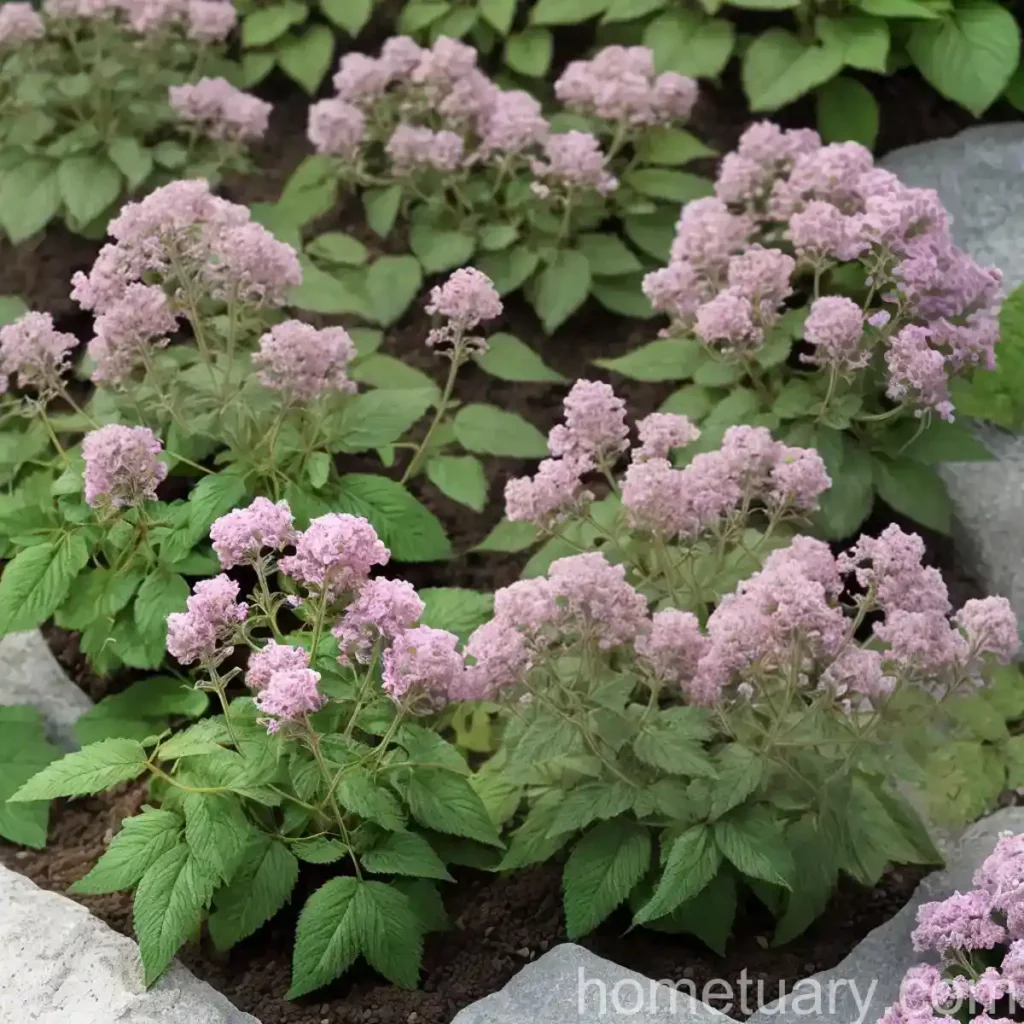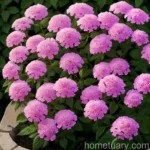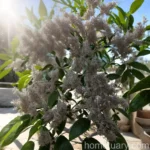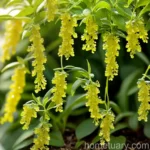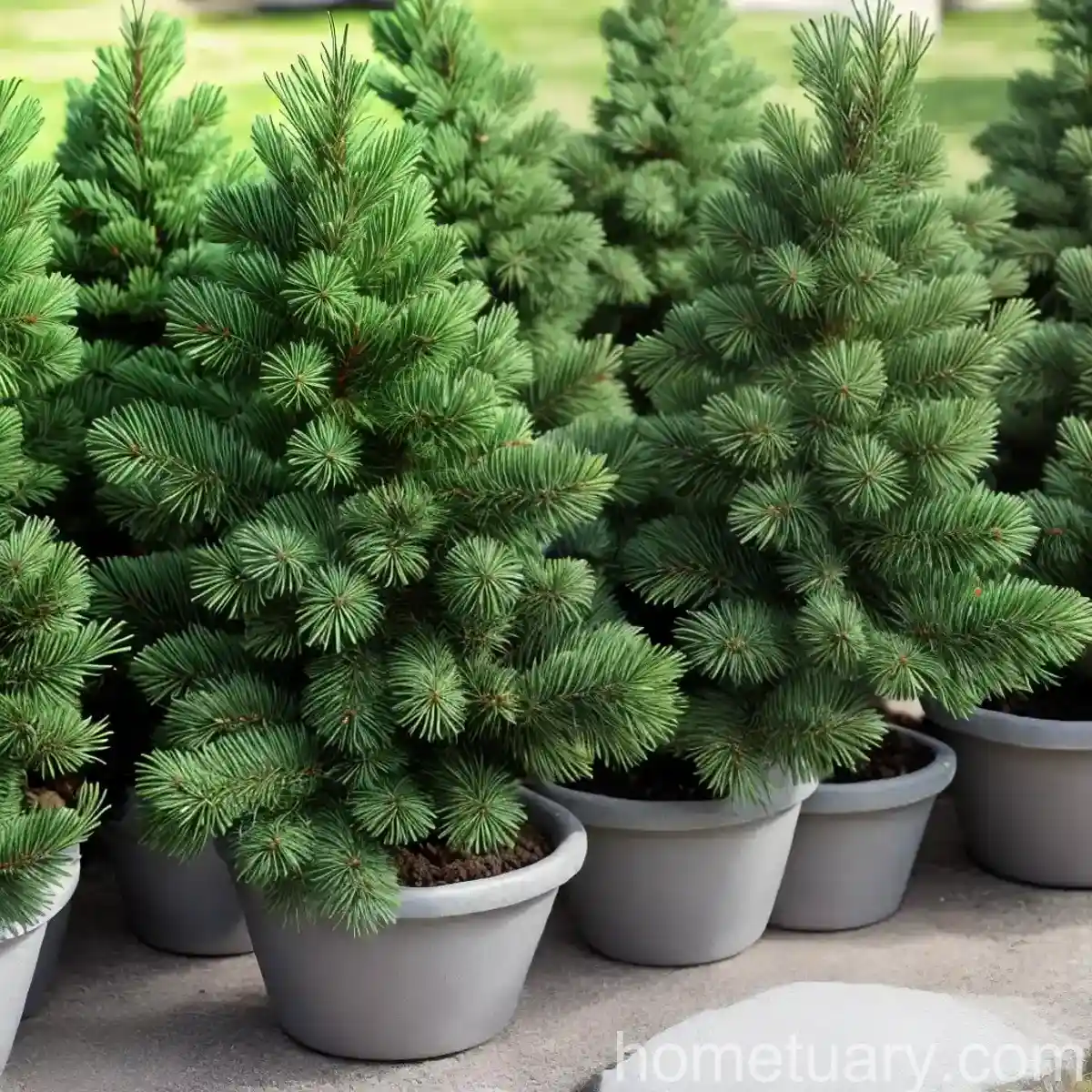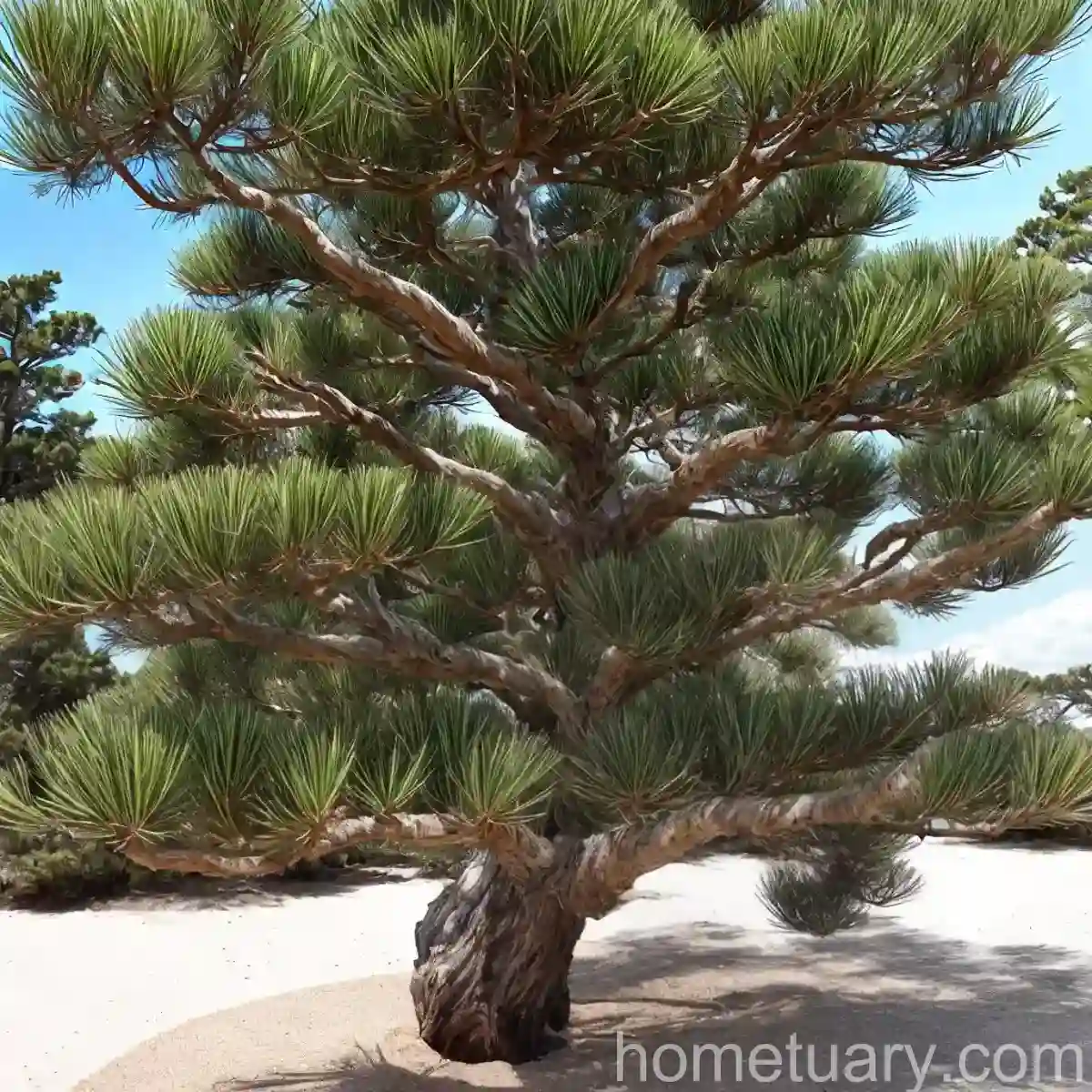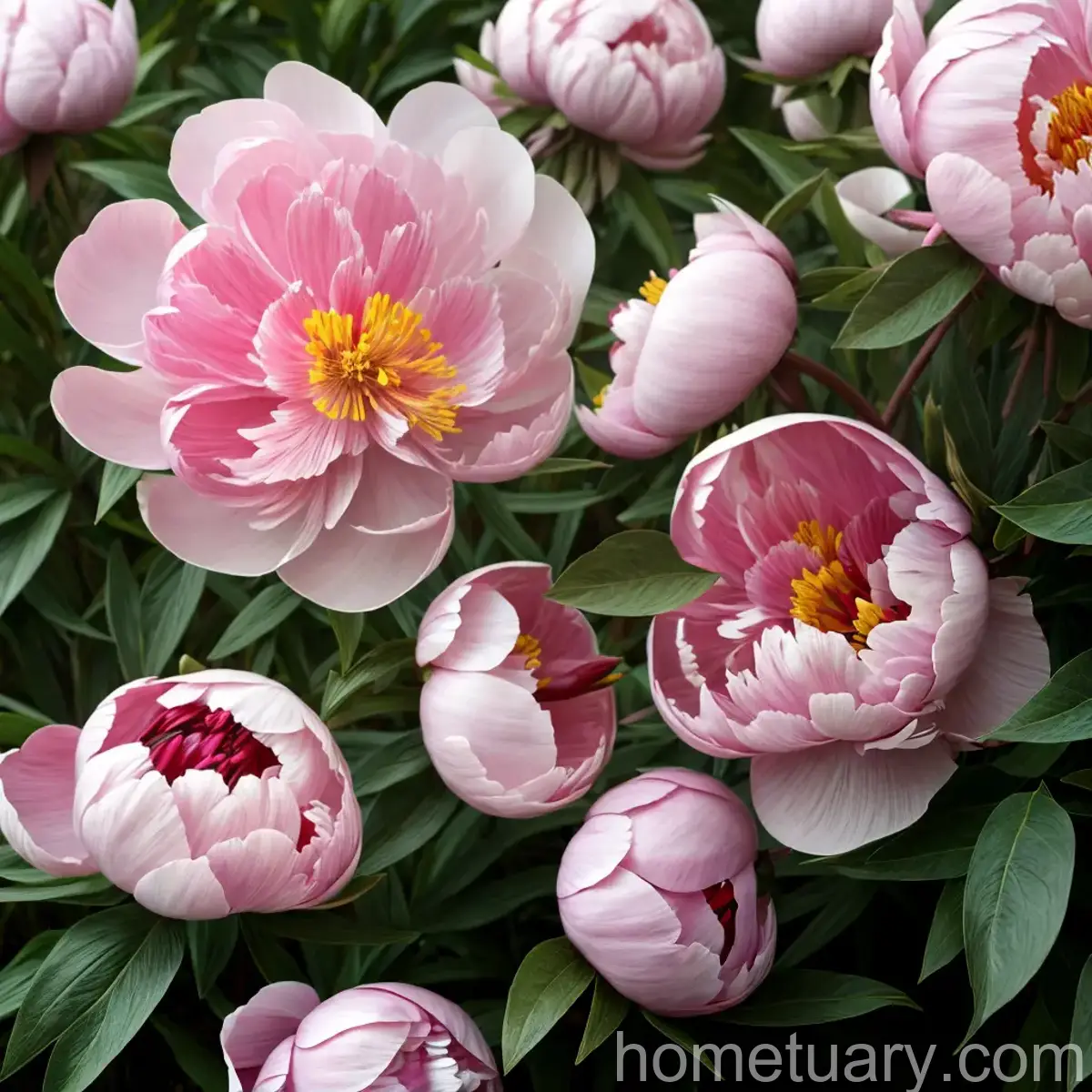Rose Vervain (Glandularia canadensis ‘Shauna Ann’): A Comprehensive Plant Care Guide
Introduction
Plants are not only essential to our ecosystem, but they also bring beauty and vitality to our surroundings. From ornamental plants to medicinal herbs, the diversity within the plant kingdom is truly remarkable. One particular plant that has garnered attention for its aesthetic appeal and cultural significance is the rose vervain (Glandularia canadensis ‘Shauna Ann’). In this guide, we will delve into the nuances of caring for this stunning plant, from its cultural requirements to its uses, common diseases, and propagation techniques.
What is the Rose Vervain (Glandularia canadensis ‘Shauna Ann’)?
The rose vervain (Glandularia canadensis ‘Shauna Ann’) is a perennial flowering plant that belongs to the Verbenaceae family. It is a cultivar derived from the native species, Glandularia canadensis, and is renowned for its vibrant and delicate blooms. This elegant plant is characterized by its clusters of small, fragrant flowers that exhibit varying shades of pink and purple, adding a pop of color to any garden or landscape.
Key Takeaways
Rose Vervain (Glandularia canadensis ‘Shauna Ann’)
- Distinctive clusters of fragrant, pink and purple flowers
- Perennial flowering plant
- Belongs to the Verbenaceae family
Culture
To properly care for the rose vervain (Glandularia canadensis ‘Shauna Ann’), it is crucial to understand its specific cultural requirements. This encompasses a range of factors, including water, sunlight, fertilizer, soil, pruning, and propagation.
Water
As with many plants, proper watering is essential in maintaining the health and vigor of the rose vervain. While it is important to provide adequate moisture, it is equally crucial to prevent waterlogging, as excessive water can lead to root rot and other detrimental issues.
- Optimal Watering: Keep the soil consistently moist, but not waterlogged. Allow the top layer of soil to dry out slightly between waterings.
- Watering Frequency: During the growing season, water the plant regularly, ensuring that it receives approximately 1 inch of water per week.
Sunlight
Suitable sunlight exposure is vital for the growth and blooming of the rose vervain. As a sun-loving plant, it thrives in bright, direct sunlight and may exhibit diminished flowering in shady conditions.
- Sun Requirements: Provide full sun for at least 6-8 hours a day to promote healthy growth and abundant flowering.
Fertilizer
Appropriate fertilization can significantly enhance the growth and blooming capacity of the rose vervain. Choosing the right type of fertilizer and applying it at the correct intervals is pivotal in supporting the plant’s nutritional needs.
- Fertilizing Schedule: Apply a balanced, all-purpose fertilizer in the early spring and again in mid-summer to provide essential nutrients for robust growth and prolific flowering.
Soil
The soil composition and quality play a fundamental role in the overall well-being of the rose vervain. Well-draining soil rich in organic matter is paramount for the plant’s success.
- Soil Type: Plant the rose vervain in well-draining, loamy soil with a slightly acidic to neutral pH (6.0-7.0).
- Soil Amendments: Incorporate organic matter such as compost or peat moss to improve soil texture and fertility.
Pruning
Regular pruning aids in maintaining the shape and vigor of the rose vervain, while also promoting increased flower production. Proper pruning practices can keep the plant looking tidy and prevent the onset of disease.
- Pruning Technique: Trim back the spent flower heads to encourage continuous blooming. Additionally, prune the plant in early spring to remove any damaged or overgrown foliage.
Propagation
The propagation of the rose vervain can be achieved through various methods, including division, stem cuttings, or seed sowing. Each technique offers its own set of advantages and challenges, and selecting the most suitable method depends on the desired outcome and available resources.
- Propagation Methods: Division, stem cuttings, or seed sowing.
- Optimal Timing: Propagate the plant in the spring for best results.
Container Popularity
Rose vervain (Glandularia canadensis ‘Shauna Ann’) is a popular choice for container gardening, thanks to its compact growth habit and ornamental value. Its attractive blooms and relatively low maintenance make it an ideal candidate for adorning outdoor spaces in containers and planters.
Growing in Containers
When growing the rose vervain in containers, it is essential to consider the specific needs of the plant to ensure its thriving and overall health.
- Container Size: Select a well-draining container that provides ample space for the plant’s roots to expand. A container with a diameter of at least 12 inches is recommended.
- Soil Requirements: Utilize a high-quality potting mix that offers excellent drainage and aeration for optimal root development.
- Watering Needs: Monitor the soil moisture closely and water the plant as needed to prevent dehydration.
Common Diseases
While the rose vervain is relatively resilient, it is susceptible to certain diseases and pest infestations that can impede its vitality if left unaddressed.
Disease Diagnosis
It is imperative to be able to identify common diseases that may affect the rose vervain in order to implement timely and effective treatment.
- Powdery Mildew: Characterized by a white, powdery coating on the leaves, powdery mildew can weaken the plant and inhibit its growth.
- Root Rot: Excessive moisture or poor soil drainage can lead to root rot, manifesting as discolored, mushy roots and wilting foliage.
Common Pests
Pests can pose a significant threat to the rose vervain, causing damage to the foliage and diminishing its ornamental appeal if not properly managed.
- Aphids: These tiny insects feed on the plant sap, leading to distorted growth and the formation of sticky honeydew on the leaves.
- Spider Mites: Spider mites can cause stippled, discolored foliage and fine webbing on the plant.
Botanist’s Tips
Understanding the unique needs of the rose vervain and implementing best practices in its care can contribute to its overall health and abundant floral display.
- Deadheading Blooms: Regularly removing spent blooms promotes continuous flowering and maintains the plant’s aesthetic appeal.
- Mulching: Apply a layer of organic mulch around the base of the plant to conserve moisture, suppress weed growth, and insulate the soil.
- Monitoring Pests and Diseases: Routinely inspect the plant for signs of pests and diseases, addressing any issues promptly to prevent escalation.
Fun Facts
To further appreciate the allure of the rose vervain, here are some captivating facts about this charming plant:
- The rose vervain (Glandularia canadensis ‘Shauna Ann’) is a magnet for pollinators, attracting butterflies, bees, and other beneficial insects to the garden.
- It is an excellent choice for wildlife-friendly landscapes, providing nectar and habitat for various pollinators.
Links to External Resources
To delve deeper into the world of rose vervain and expand your knowledge on its cultivation and care, consider exploring the following external resources:
Plant Name: “Rose Vervain (Glandularia canadensis ‘Shauna Ann’)”
This comprehensive guide serves as a valuable resource for both novice and experienced gardeners seeking to nurture the rose vervain (Glandularia canadensis ‘Shauna Ann’) with proficiency. With a deep understanding of its cultural requirements, potential diseases, and propagation techniques, you are equipped with the knowledge to cultivate this enchanting plant successfully. Whether adorning a garden bed or a container on a patio, the rose vervain adds a touch of elegance and natural allure to any outdoor space. Embrace the opportunity to cultivate and cherish this captivating flowering perennial, and witness its beauty flourish under your attentive care.

